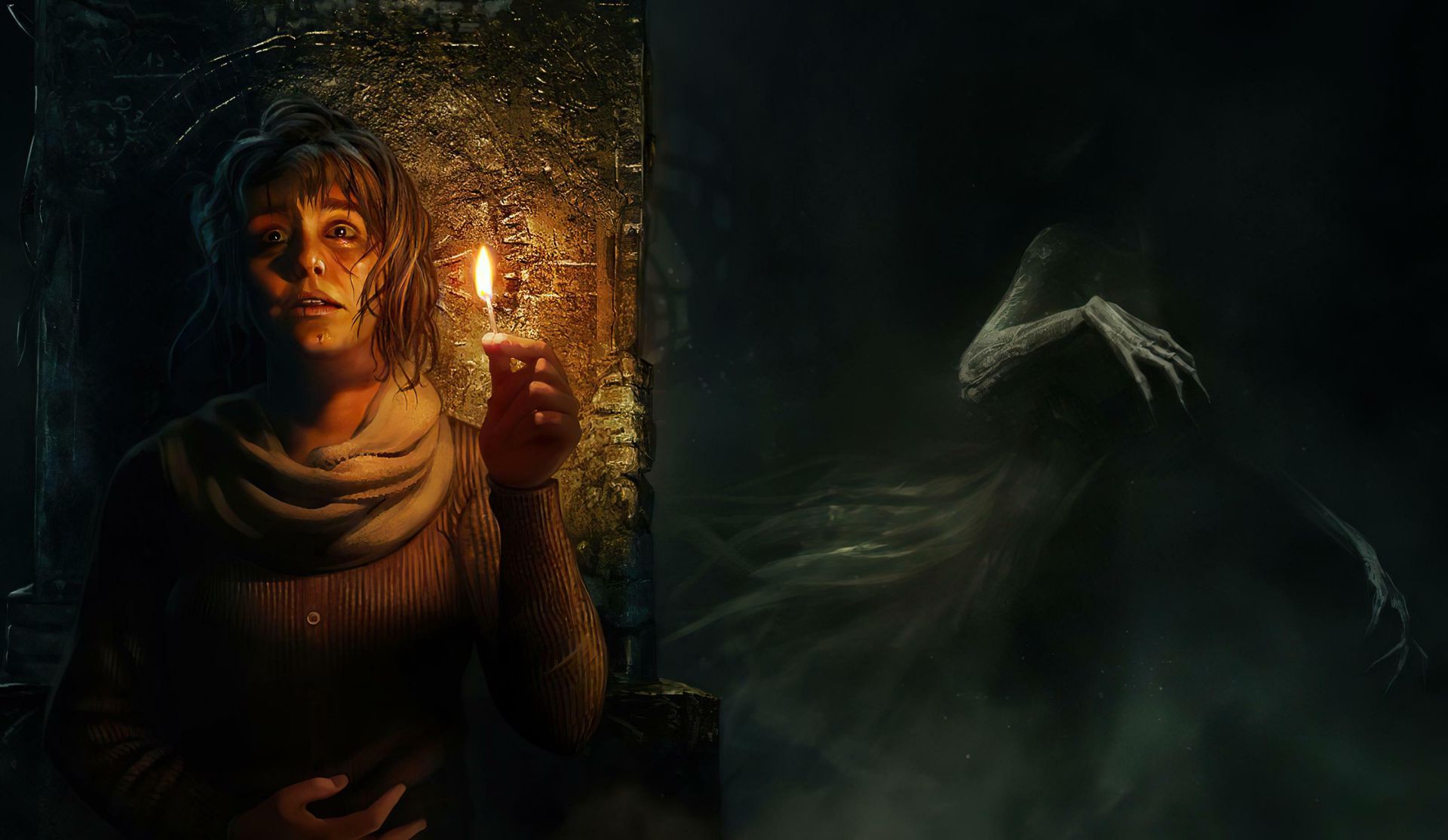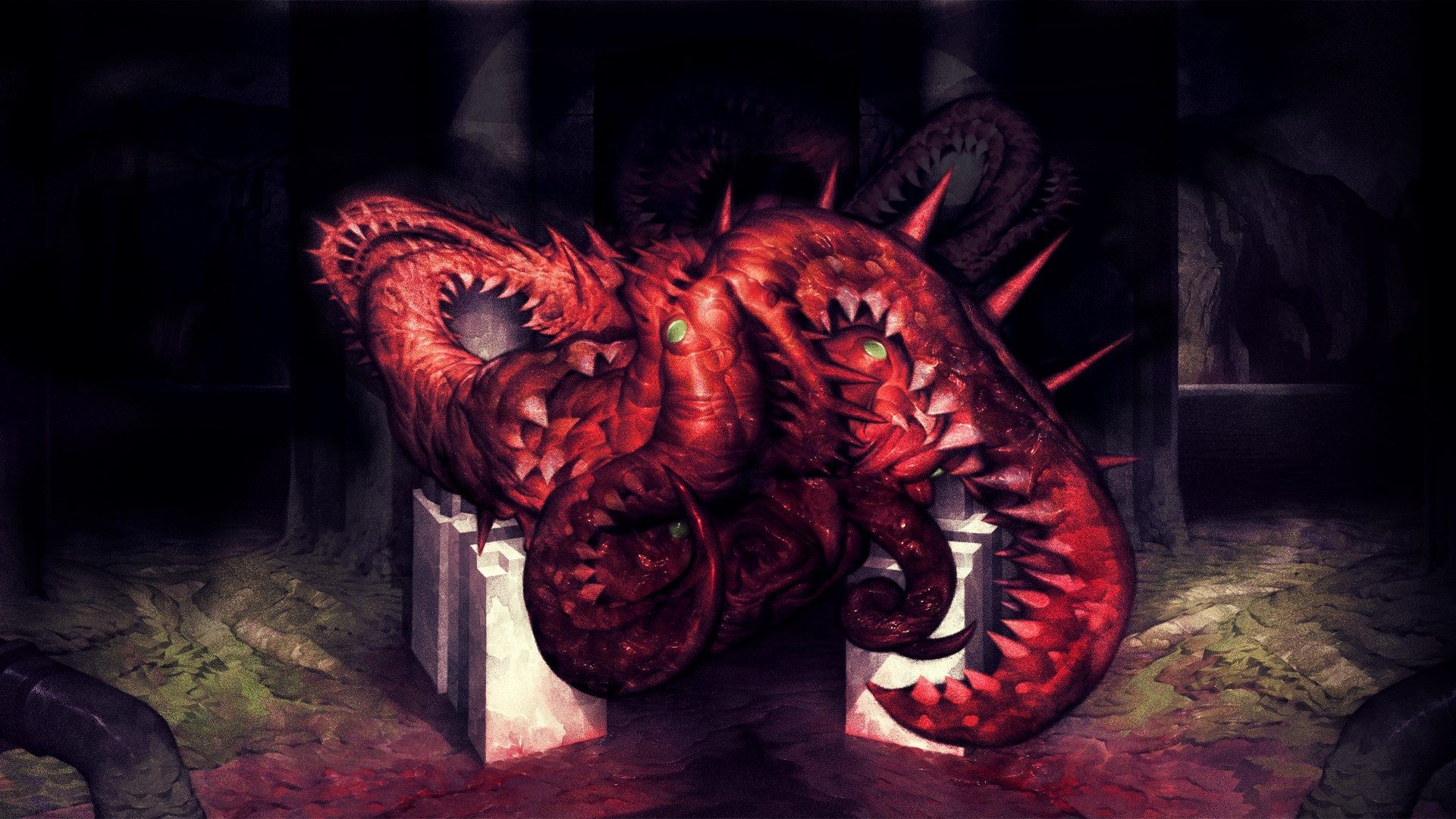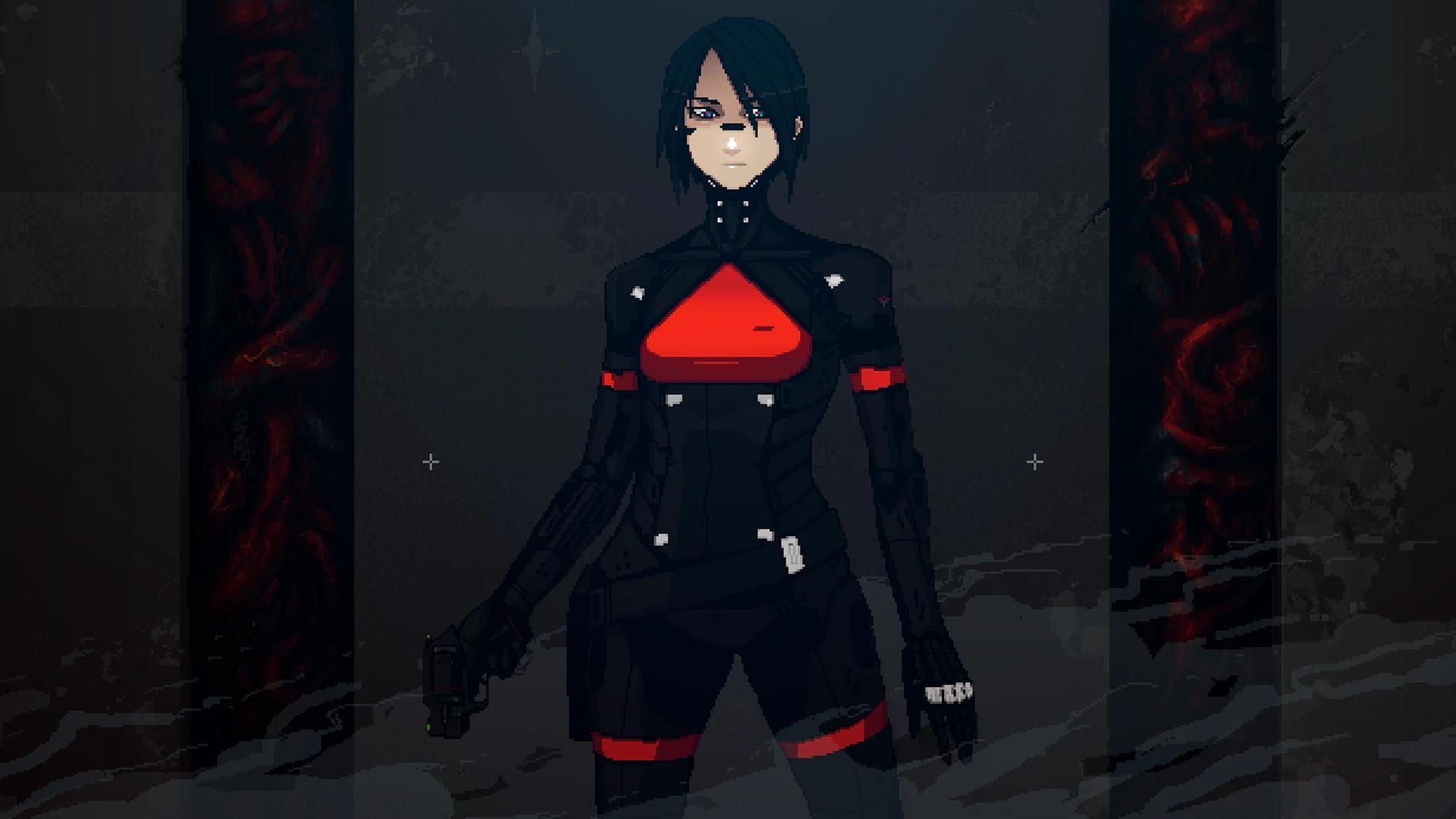Dead Static Drive
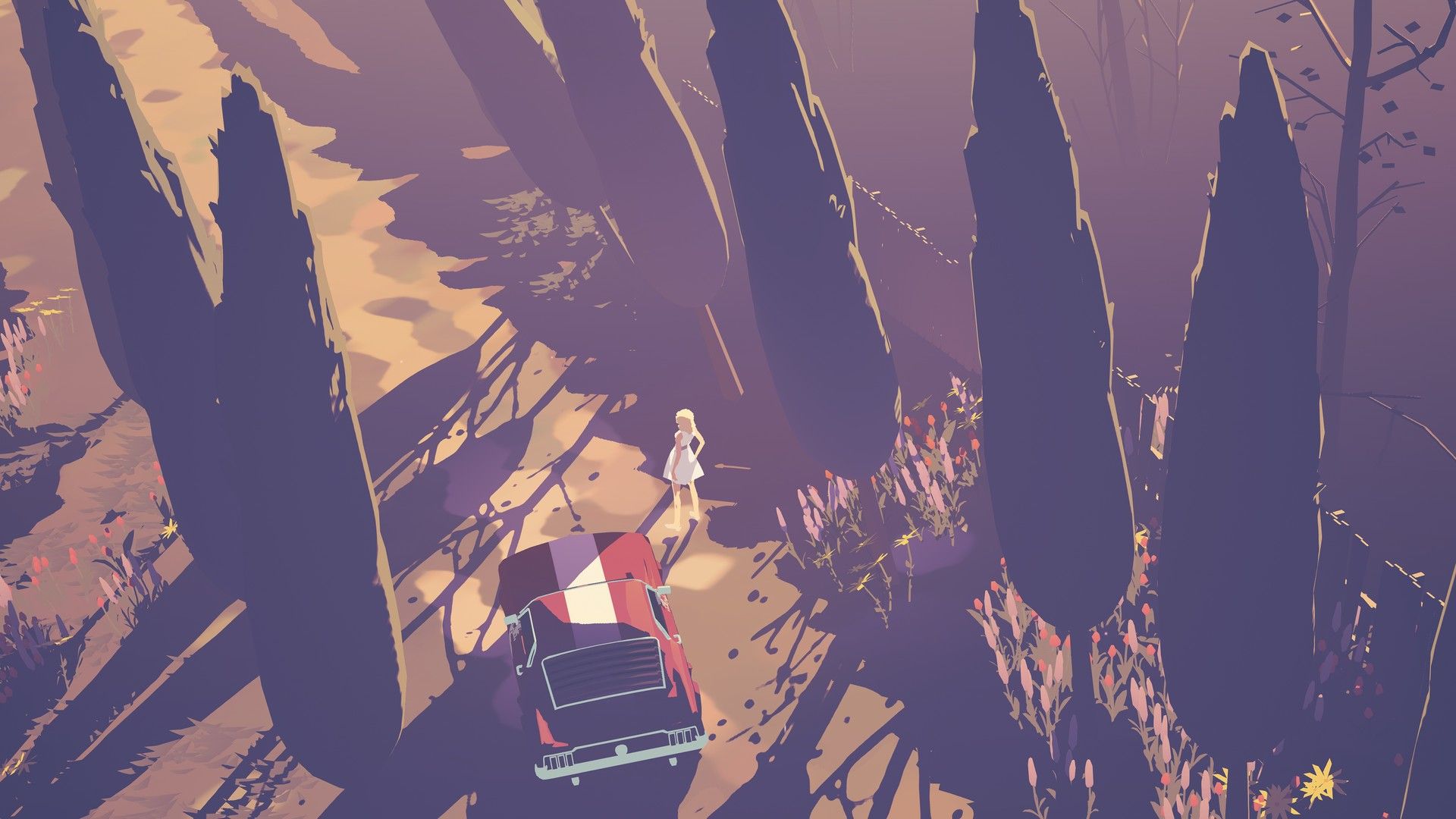
Atmospheric Tension and Exploration
In the haunting world of Dead Static Drive, every highway and byway is cloaked in a shroud of mystery and existential dread. From behind the wheel of your roaring 80s muscle car, you’ll find yourself navigating a landscape where each mile brings a new whisper of terror. The game masterfully weaves atmospheric tension into every corner, with a setting that feels both expansive and suffocating. As you wander into diners and abandoned motels, the palpable sense of unease never leaves your side, making exploration a tantalizing dance with the unknown. Each location is a canvas painted with shadows, inviting you to step into its depths while reminding you of the lurking horrors that await.
Narrative Ambiguity and Sanity Mechanics
Dead Static Drive thrives on narrative ambiguity, luring you into a world where certainty is as elusive as the specters in the dark. The story unfolds not in blunt exposition but in subtle encounters and cryptic dialogues, leaving you piecing together fragments of a reality that slips through your fingers. Coupled with sanity mechanics that mirror the unraveling world, the game ensures that your grip on reality is as tenuous as your path ahead. This combination of psychological tension and narrative uncertainty crafts an experience that is as intellectually engaging as it is spine-chilling.
Existential Horror and Player Agency
In Dead Static Drive, existential horror is not just a theme but an ever-present companion. As the world crumbles around you, each decision you make carries the weight of impending doom. The game offers a delicate balance between survival instincts and moral dilemmas, challenging you to choose your allies wisely. The cooperative survival elements are underscored by a sense of inevitable collapse, where every friendship and betrayal plays out against the backdrop of cosmic indifference. However, the vastness of choice can sometimes feel overwhelming, with the lack of guidance leaving you adrift in a sea of uncertainty.
Image Gallery
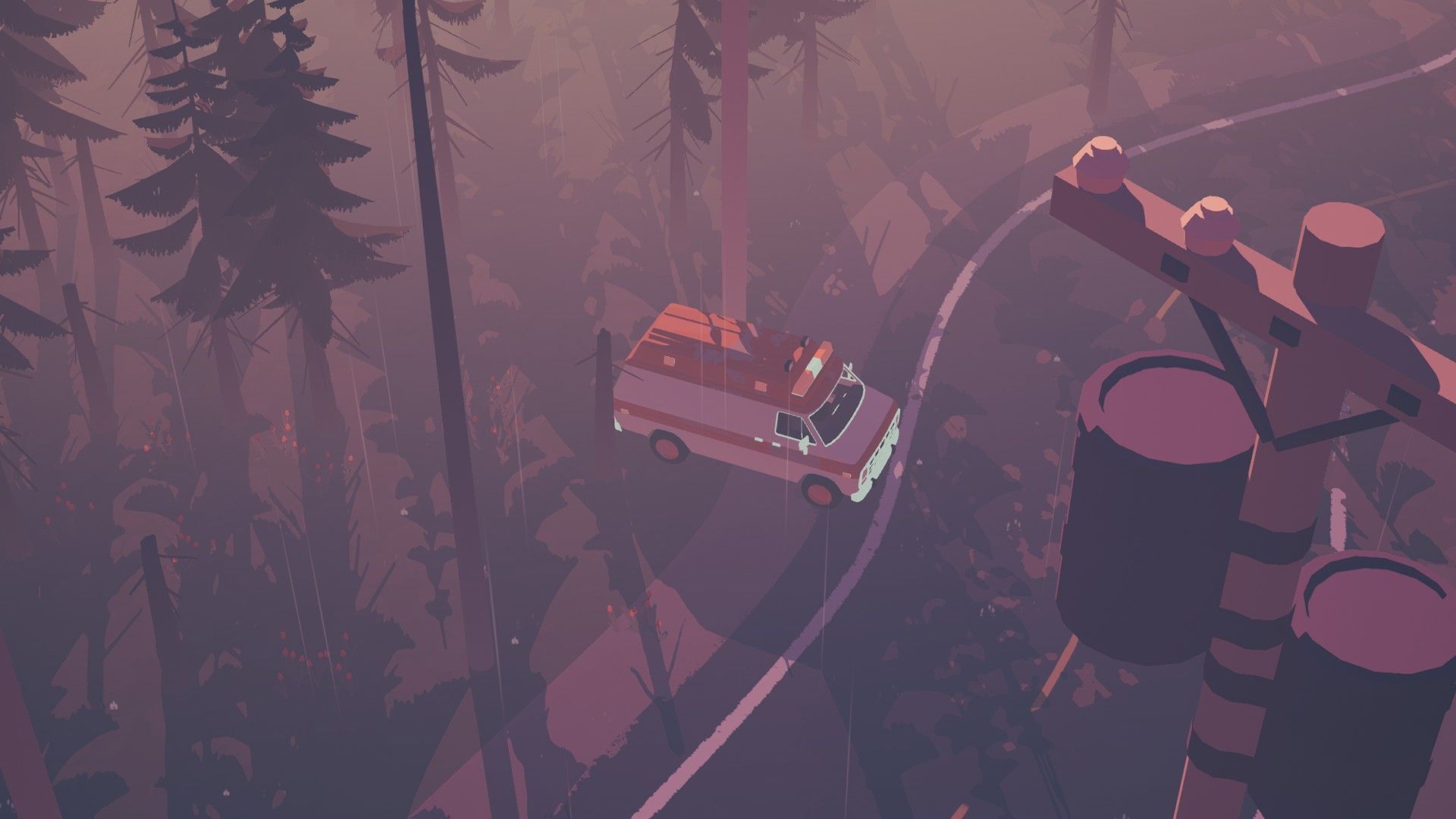
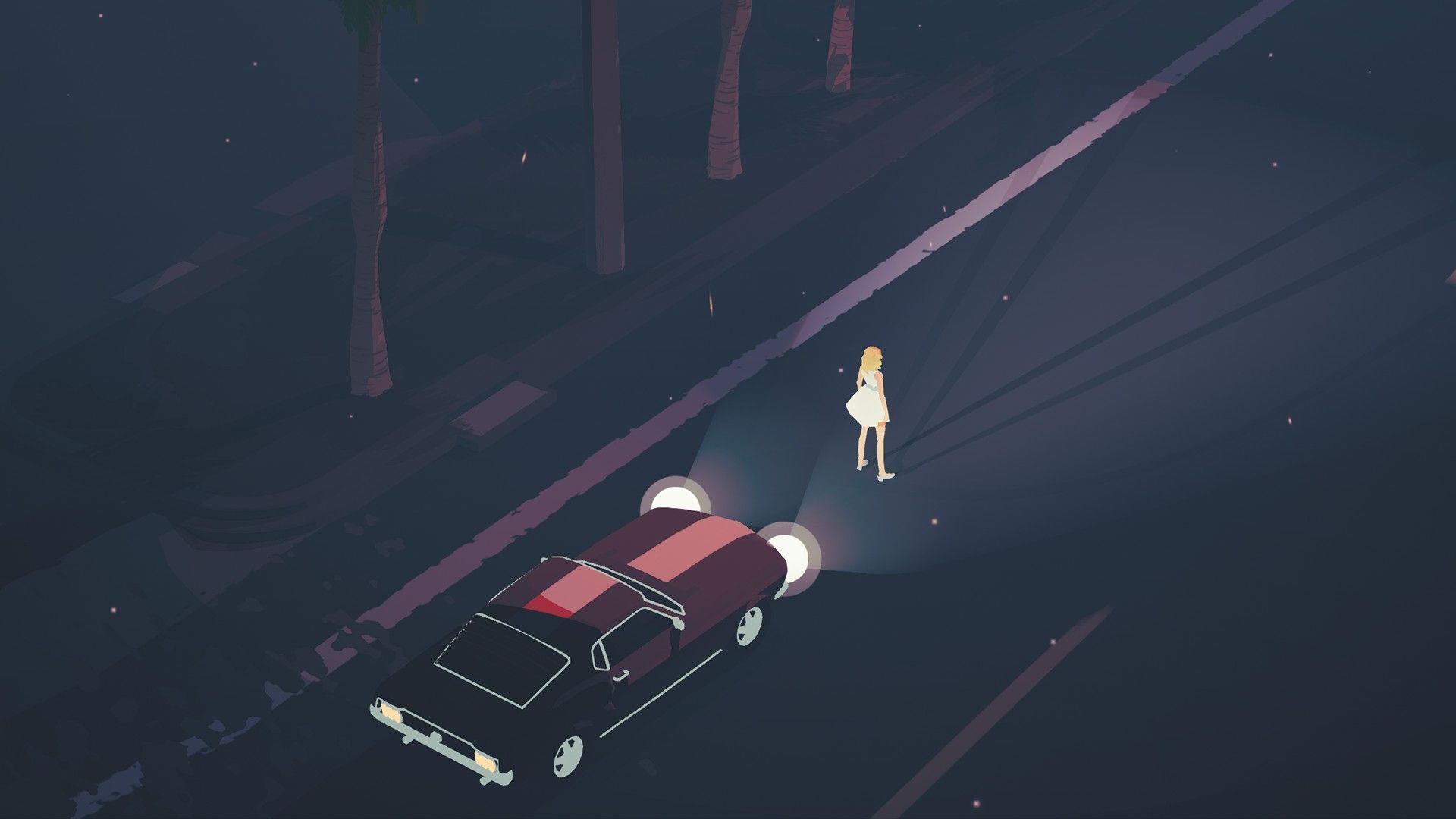
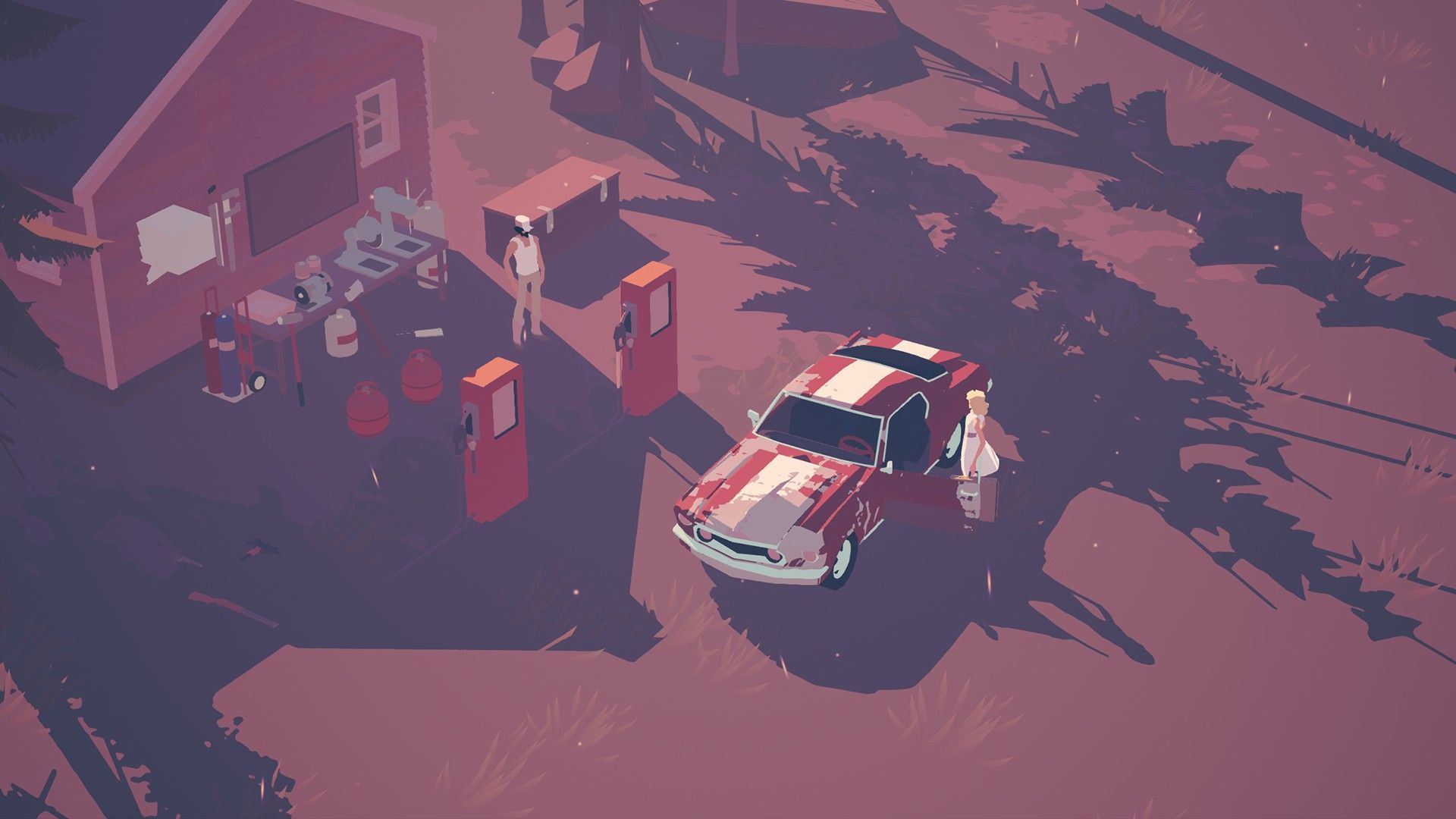
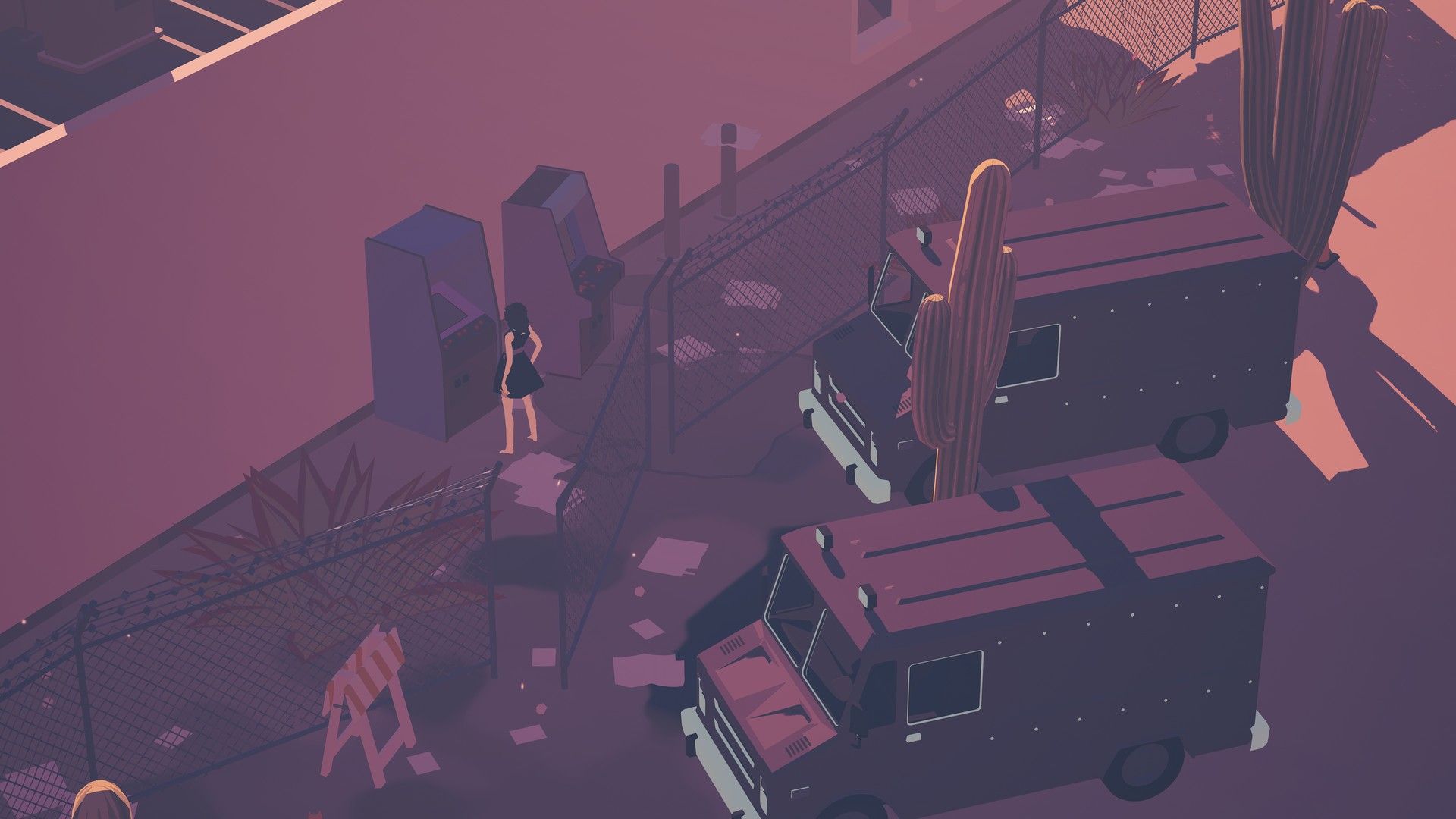
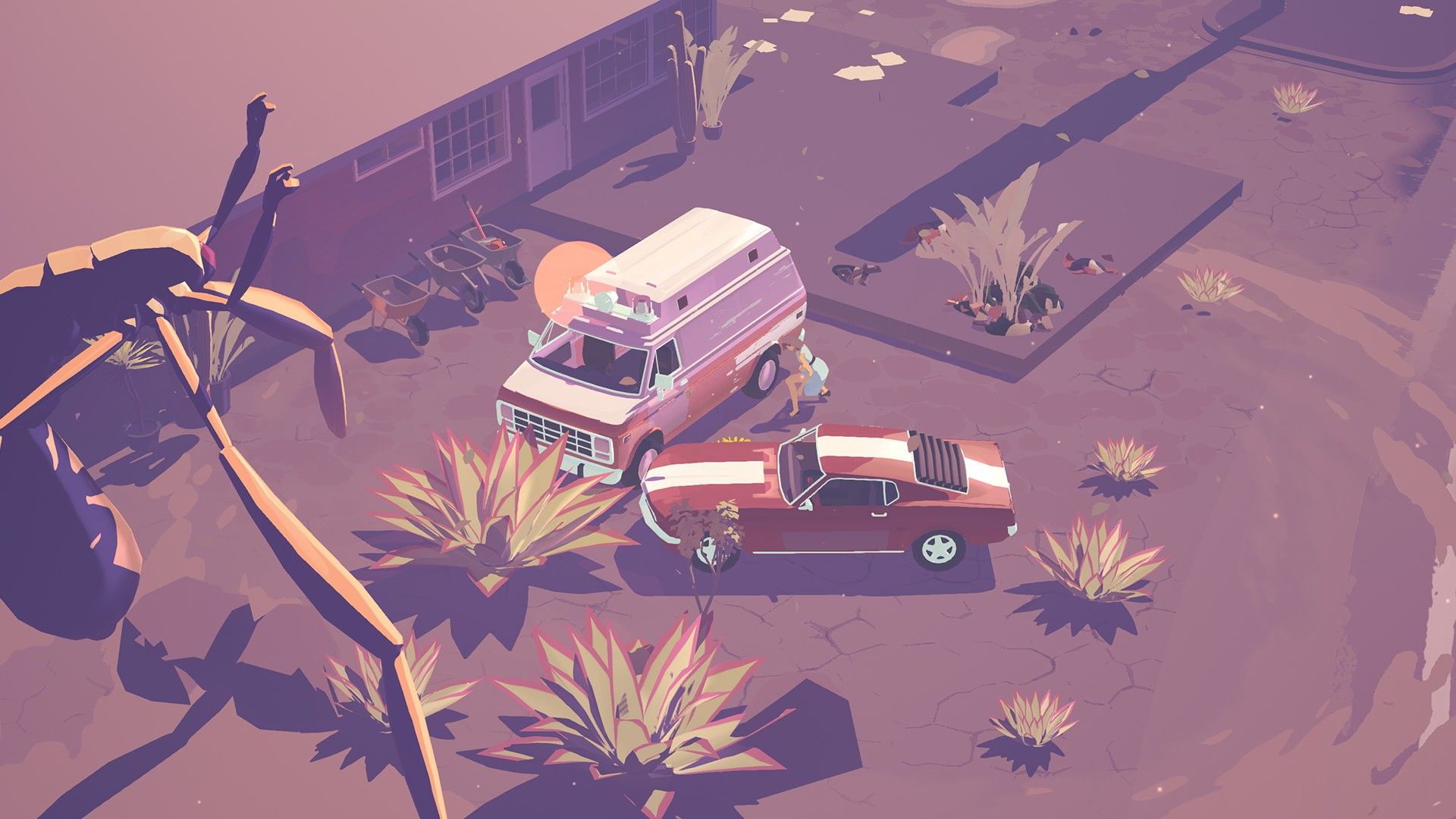
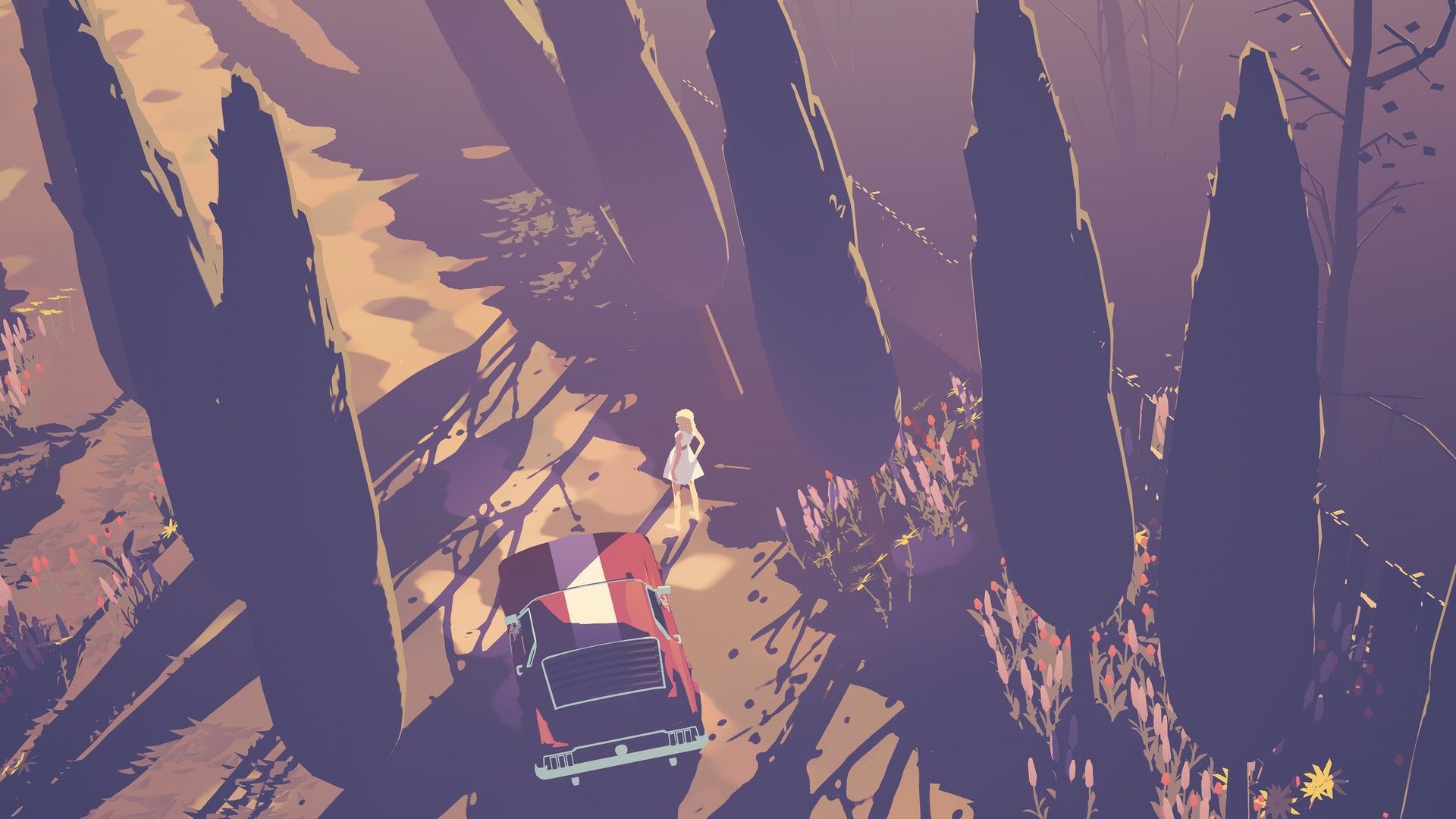
Core Mechanics of Dead Static Drive
Beneath its neon glow and eerie quiet, Dead Static Drive hides systems that intertwine choice, sanity, and cosmic survival.
-
Open World Exploration
Players freely explore roads, towns, and wilderness on a dynamic map, choosing when and where to engage with events, trade, or flee.
-
Sanity System
As stress and fear accumulate, your perception changes — visually and mechanically. Hallucinations blur allies and enemies, altering dialogue and even location layout.
-
Survival and Resource Management
Fuel, food, and allies are finite. Choosing when to rest, when to scavenge, and whom to trust becomes a matter of life and death.
-
Dynamic Dialogue and Relationship Webs
NPCs remember your actions. Help someone today, and they might save your life later — or lead you into a trap if wronged.
-
Driving and Vehicle Customization
Your car is more than transport — it’s your sanctuary. Upgrade it for speed, stealth, or durability, but watch the road — it watches back.
Tips for Surviving the Winding Roads
This isn’t just a drive — it’s a descent. Here’s how to keep moving when the road gets dark.
-
Always Have a Destination
Wandering aimlessly increases your chances of losing sanity and encountering unknowable threats. Pick a waypoint, even if it’s just temporary.
-
Keep Your Fuel in Check
Out of gas? You’re stranded. Carry a canister and plan your routes around known stations — especially when heading into wilderness.
-
Rest is Not Optional
Fatigue builds fast. Don’t push through without sleep. Exhaustion affects decision-making, and hallucinations don’t wait.
-
Talk to Everyone, Twice
Dialogue is cryptic. Sometimes the second encounter reveals more than the first. Listen closely — the world speaks in riddles.
-
Trust No One Too Quickly
Some NPCs lie. Others are lost to madness. Gather evidence before committing to anyone — even if they seem helpful.
Survival Archetypes Behind the Wheel
There are no classes, only choices — but your decisions define the driver you become.
-
The Lone Survivor
Minimalist, stealth-focused. Prioritizes fuel, evasion, and avoiding combat or interaction unless necessary. Lives longer — but dies lonelier.
-
The Charmer
Socially focused. Builds alliances, manipulates outcomes, and uses dialogue to survive. Not always trustworthy — or trusted.
-
The Preparer
Heavy on resources, planning, and upgrades. Avoids risk, scouts ahead, and only commits when safe. Ideal for new players.
-
The Seeker
Story-driven. Explores every hint and rumor. High risk, high reward — finds the most lore and suffers the most consequences.
Game Session

The engine sputtered as the sun dipped below the treeline. I’d outrun something on the last stretch of highway — I wasn’t sure what, but my passenger seat was now soaked in blood. No body. No sign of struggle. I pulled into a crumbling rest stop. The lights buzzed, but no one was there. I stepped inside. A payphone rang once, then went silent. A note was pinned to the counter. It said: 'Don't drive at night. It sees better than you.' The road out was blocked. Not by debris. By something darker. Something waiting. Dead Static Drive doesn’t offer exits — only detours deeper into dread.
Cultural Echoes: Where the Asphalt Cracks
Dead Static Drive doesn’t just quote its influences — it channels, distills, and reinvents them with every mile of cracked pavement. Its foundations lie in a dense web of modern myth, existential dread, and global cultural references:
-
Cosmic Indifference
Inspired by Lovecraft, Camus, and Ligotti, the game presents a world that isn’t hostile — just profoundly indifferent. Horror arises not from malice, but from the realization that the universe is vast, uncaring, and incomprehensible. Surviving becomes an act of defiance, not triumph. Referenced works: The Call of Cthulhu, Teatro Grottesco, Stalker.
-
The Road as American Purgatory
The highway isn’t a route to freedom — it’s a moral and existential maze. Echoing Kerouac’s On the Road, McCarthy’s The Road, and Lynch’s Twin Peaks, Dead Static Drive uses Americana as a canvas for internal struggle. The journey becomes confession, every detour a reckoning. Referenced works: Lost Highway, Paris, Texas, No Country for Old Men.
-
Fractured Reality
Perception is a trap. Like the paranoid visions of Philip K. Dick or the body horror of Cronenberg, reality in Dead Static Drive bends under pressure. Hallucinations, shifting landscapes, and distorted logic call into question what is real — and whether it matters. Referenced works: A Scanner Darkly, Videodrome, Paprika, Mulholland Drive.
-
Cults, Folklore, and the Unseen
Small towns hold ancient secrets. Drawing from The Wicker Man, True Detective, and The Blair Witch Project, the game whispers of rituals older than belief. Strange churches, roadside idols, and people who speak in riddles suggest something watching from the woods. Referenced works: Midsommar, Hereditary, The VVitch, A Field in England.
-
Existential Drift
Where are you going, and does it matter? Channeling Kafka, Beckett, and Tarkovsky, Dead Static Drive evokes a world where purpose is illusion. The road is endless, the goal unclear, the journey existential. This is absurdism at the wheel. Referenced works: The Trial, Waiting for Godot, La Jetée, Solaris, Inside.
-
Stillness and Empty Spaces
Every diner, every empty motel, every buzzing streetlamp is a painting of isolation. Visually, the game echoes the stillness of Edward Hopper and the color palettes of David Hockney. Its aesthetic captures beauty in abandonment. Referenced works: Nighthawks, My Own Private Idaho, Paris, Texas, photography by William Eggleston.
Final Verdict
Dead Static Drive masterfully blends atmospheric tension with narrative ambiguity, creating a compelling Lovecraftian experience for those who revel in the unknown. Fans of existential horror and psychological thrillers will find its haunting landscapes and cryptic storytelling deeply rewarding. If you love exploring the shadows of the mind, this game beckons you down its darkened roads. Dead Static Drive is a journey worth taking if you dare to question reality itself.
Strengths
- Rich atmospheric tension that enhances exploration.
- Complex narrative ambiguity that engages the mind.
- Effective integration of sanity mechanics.
Weaknesses
- Vast player agency can feel overwhelming without guidance.
Editorial Review
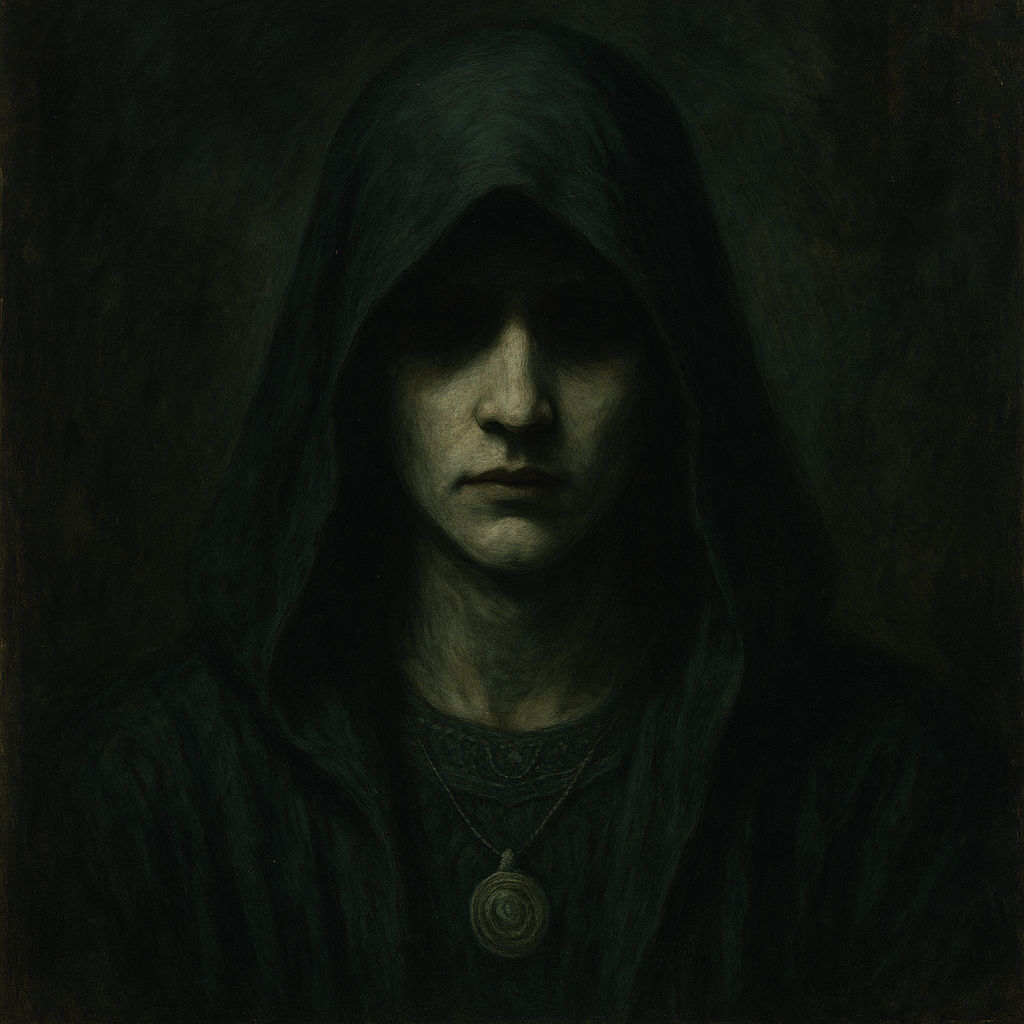
In the tapestry of Dead Static Drive, whispers of forgotten truths echo through the night. Each shadow is a silent guardian of secrets untold, beckoning you to heed the call of the abyss. The game is a delicate dance between light and darkness, inviting you to lose yourself in its poetic embrace.
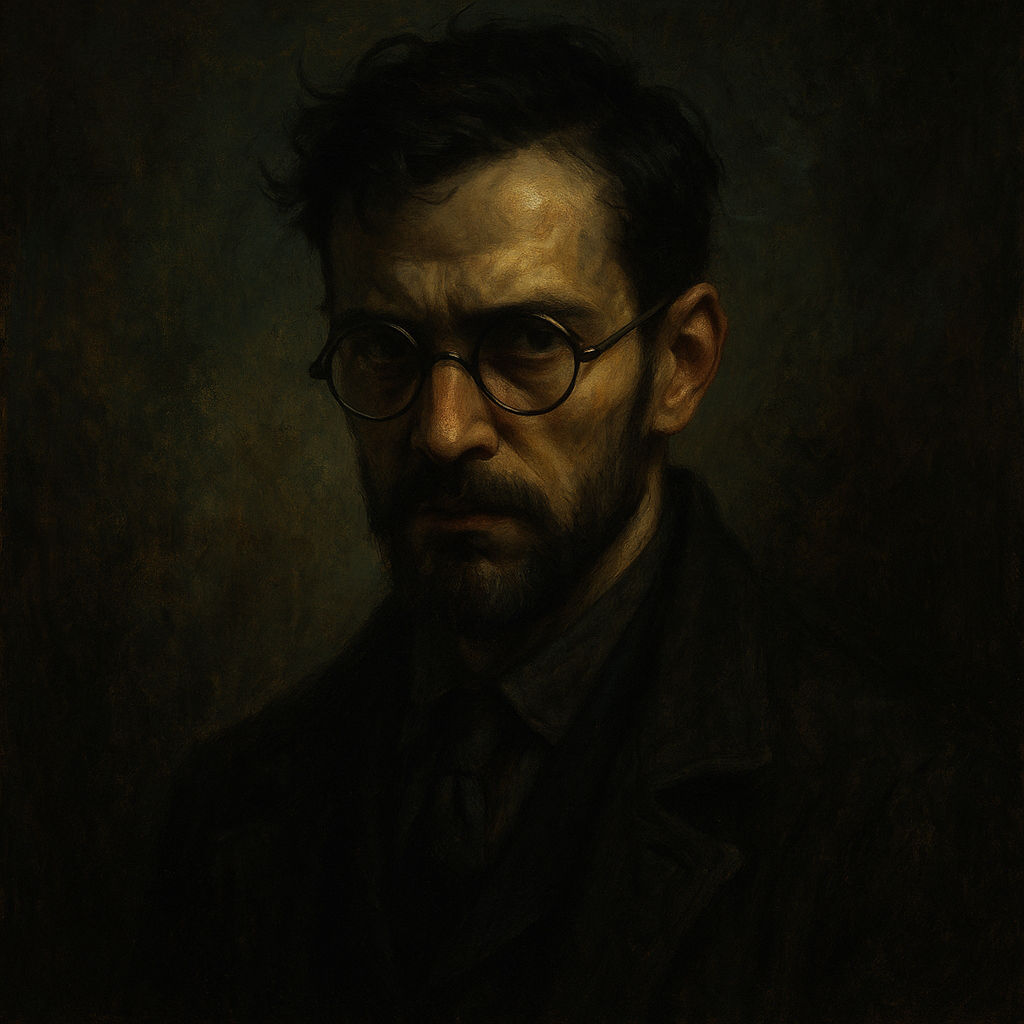
Dead Static Drive's mechanics are a study in tension, expertly designed to manipulate the player's sense of control. The interplay between sanity and survival is a puzzle in itself, rewarding those who can see beyond the veil of fear. It’s a game where every choice is a calculated risk, hidden in plain sight.

In Dead Static Drive, the path to understanding is paved with existential dread. The cost of uncovering its secrets weighs heavily on the soul, leaving you to ponder the true nature of reality. It’s a melancholic journey that challenges the heart as much as the mind, inviting reflection at every turn.
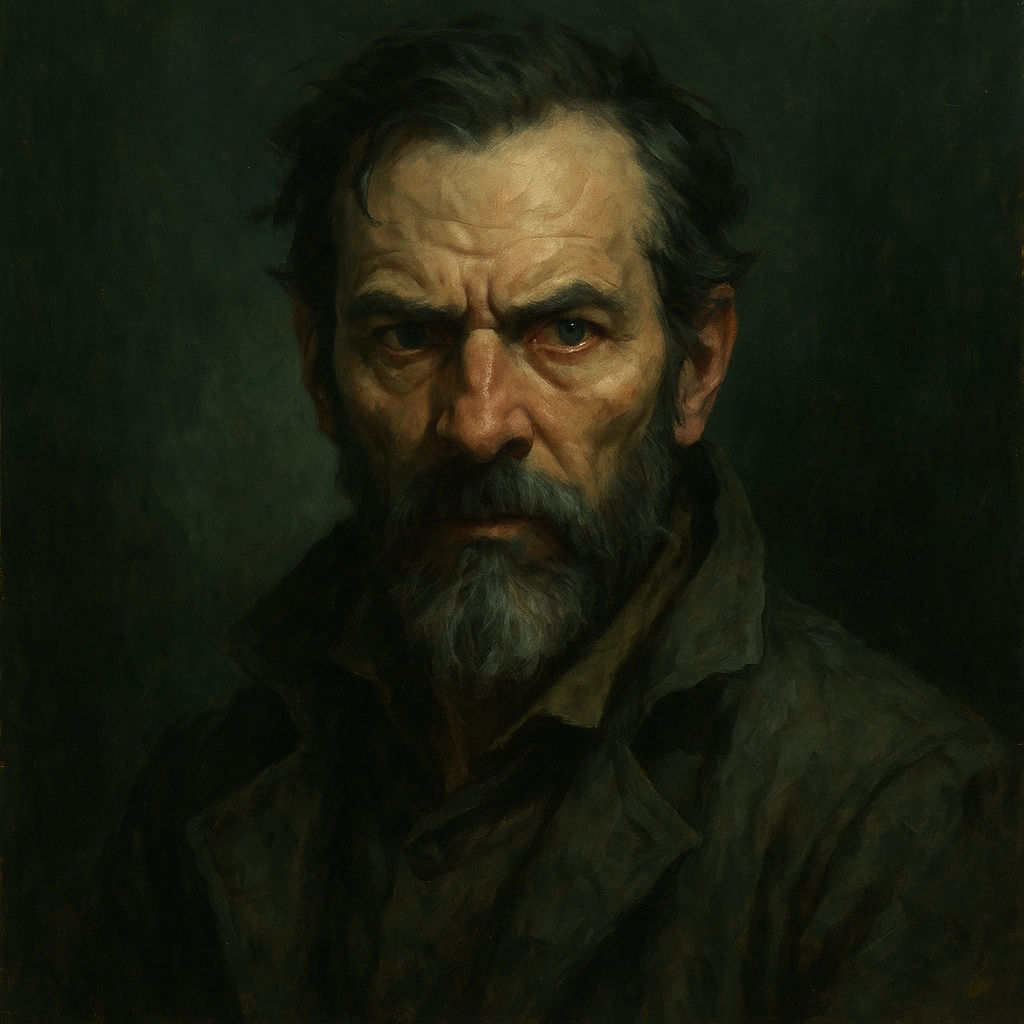
Dead Static Drive is an unforgiving test of survival strategy, where every misstep can be your last. The game’s systems demand precision and foresight, punishing the unwary with relentless efficiency. It’s a no-nonsense experience that requires mastery of its mechanics to conquer the darkness.
You might also like
About the author

